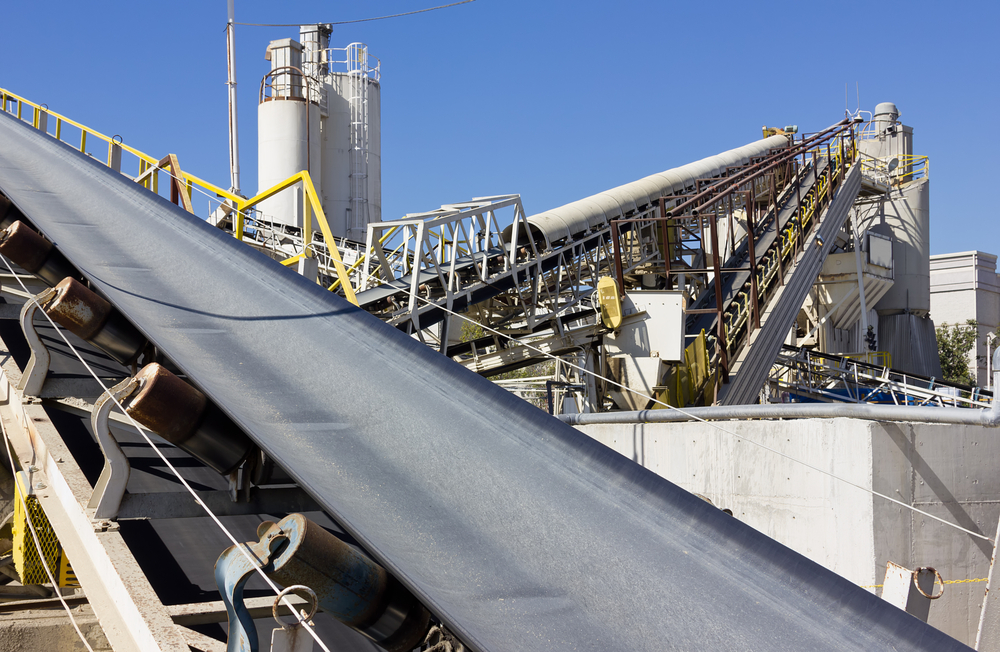Can I use a VSD with multiple motors?

The simple answer is yes. You can run multiple motors with a single VSD, provided they all need to run at the same speed. There are many advantages to this arrangement as a way of reducing system cost and complexity. Some factors need consideration when designing the system.
VSD with multiple motors
The main reason for this arrangement is to save money. It is cheaper to buy one large inverter than several smaller ones. Moreover, the control cabinet will be smaller, more simple to engineer and occupy less floor space. A single drive means less heat and smooth ventilation for the control cabinet. The reduction of system complexity means maintenance will cost less as well.
Applications benefitting from using a VSD with multiple motors include pumps, conveyors, and cooling tower fans. If synchronicity between motor speeds is important, such as travelling cranes where the speed of the driving wheels need to match, you should consider using synchronous motors.
There are compromises when using a VSD with multiple motors. For example, when driving two or more motors from a single VSD, all connected motors should have the same nameplate rating. Each connected motor will have the same ramp-up and downtimes and run at the same speed.
Disadvantages
Using one VSD with multiple motors means there is a single point of failure in case of a drive problem. For some applications, it may also be necessary to connect the individual motors overload relays to stop the inverter in the event of a fault.
For applications where it is important to keep the motors running in the event of a VSD failure, the use of a bypass contactor may be necessary. In this case, speed control and soft start and stop are lost.
Precautions
When using a multi-motor configuration, it is important to turn off any of the VSD parameters that relate to single motor applications. For example, users should disable the slip compensation and auto-tuning features. Moreover, the drive should be set to V/F mode to protect it from damage.
When a VSD controls a single motor, the drive’s electronics protect the motor. When using a VSD with multiple motors, each motor needs motor overload protection. Importantly, not all types of overload protection devices are suitable for application at the output of a VSD. This may make some electronic motor overload protection devices unsuitable.
As a rule of thumb, size the VSD based on the sum of the motor running currents plus 20%, then set the VSD current rating to match the total motor load. In case of long cable runs, consider using line reactors, and remove local start-stop control from the remote motors.
Finally, VSDs from manufacturers like Mitsubishi Electric and Schneider Electric will vary, even between ranges, so if in doubt contact your local specialist dealer for more information.
Recent blog posts
